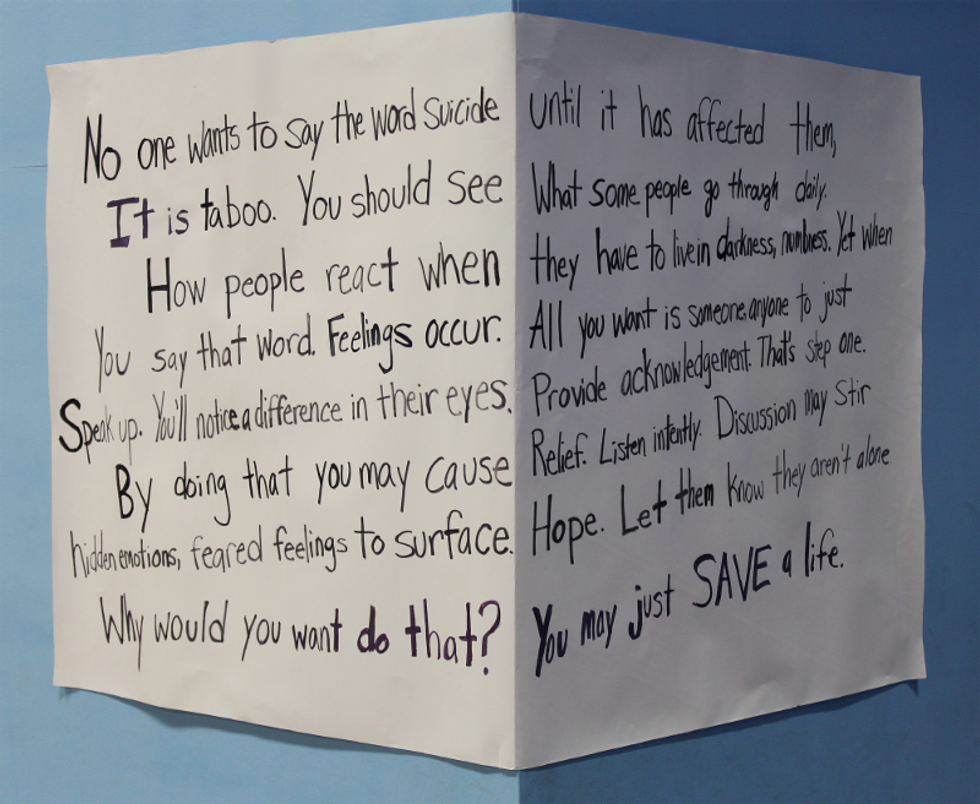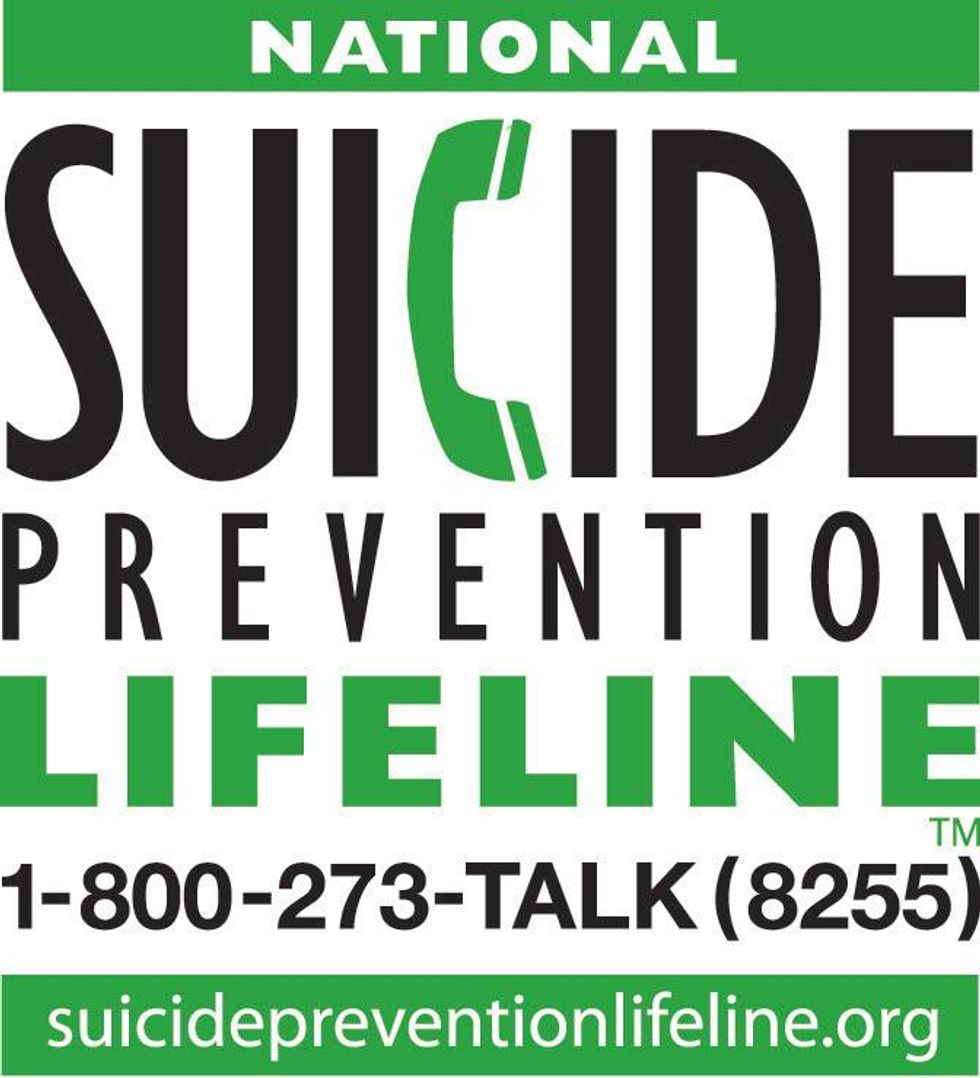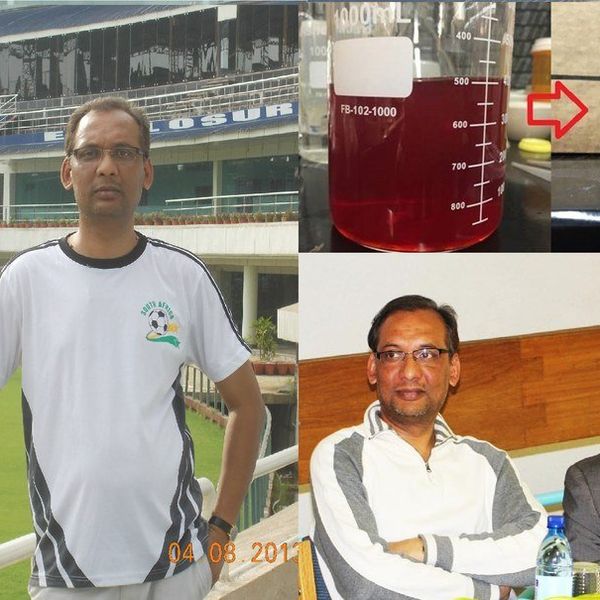For many students high school and college can be the most stressful and overwhelming period of ones life. With so much going on and having so many things to do feeling burnout or exhausted can often feel impossible to overcome. Mental health is one of the most important things students could have a conversation about but we often don't because we think we might not say the right things to those struggling or we feel shame in asking for help. Talking about mental health and mental illness can sometimes feel like walking on eggshells but in order to reduce the stigma associated with mental illness we need to be having these meaningful conversations. Here are 6 ways in which we can better understand mental illness as students and implement a suicide prevention program at your school.
1. Understand that there is a difference between mental health and mental illness.
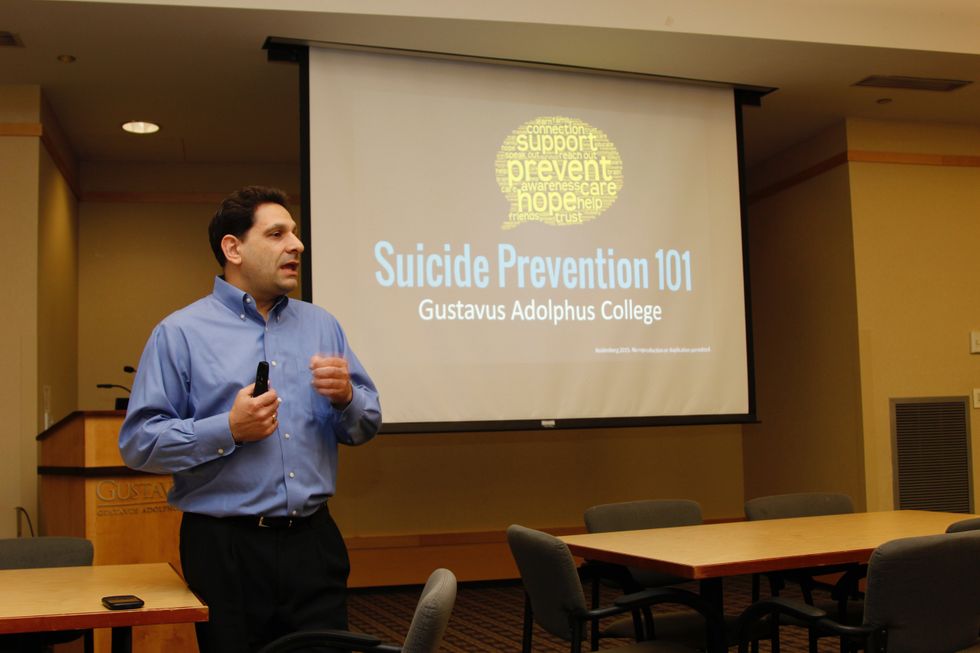
2. Know the warning signs of mental distress and suicide.
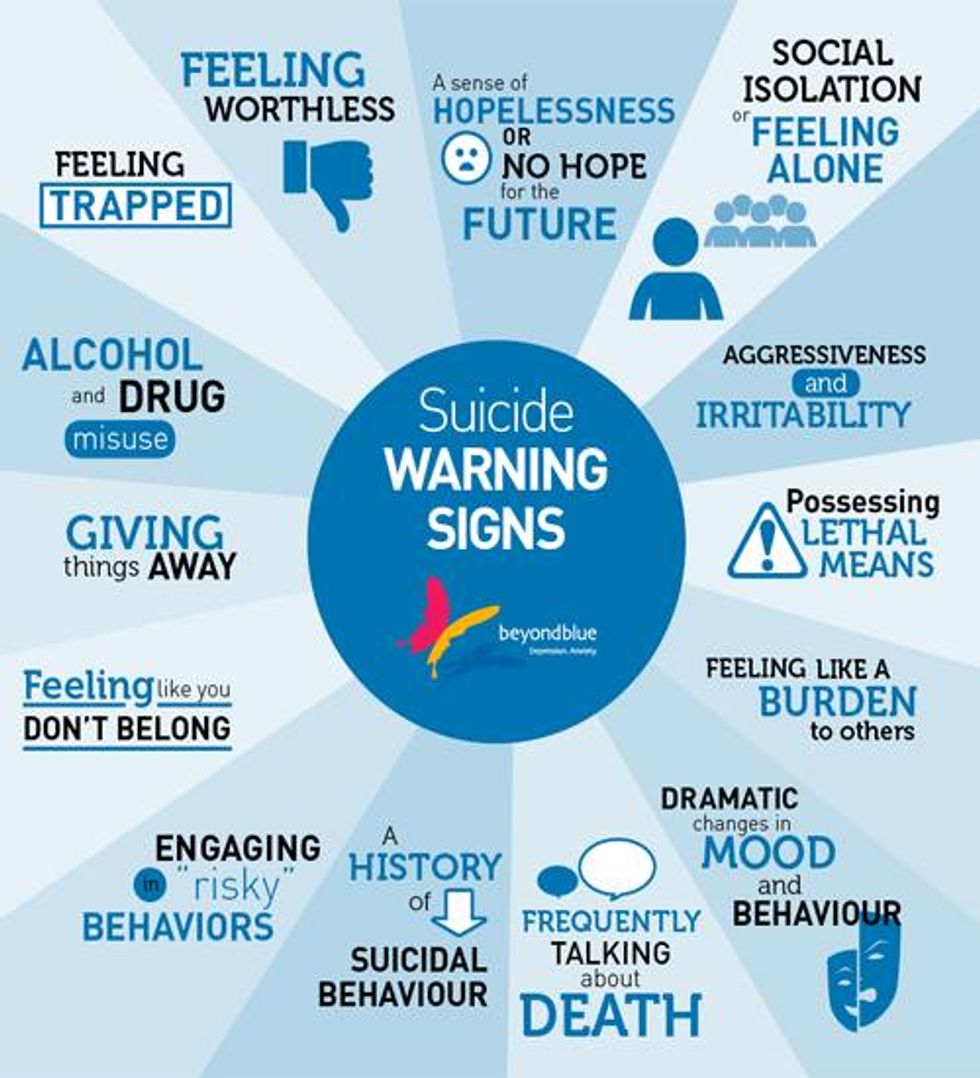
3. Start a conversation about mental health.
First, read just the left side. Then read the left and right side together.
When talking to someone who may be contemplating suicide its important to listen and understand their perspective with empathy. Talking about mental health will not cause someone to commit suicide, showing someone that you are willing to listen to them is one of the most helpful things you could do for someone, it shows them that you care about their recovery. You can approach having a conversation with someone by saying "I've noticed you haven't been yourself lately and I was wondering how you were doing?" or "I've noticed you've seemed stressed lately and I was wondering if there is anything I can do to help?".
4. Know your resources.
Saving the suicide prevention lifeline in your phone is handy for seeking advice for a friend/loved one or if you are contemplating suicide and need someone to talk to. Campus safety and 911 also have experience as first responders and can offer great advice on how to handle a situation where someone's life may be at stake. If you don't have the answers of how to handle a situation it's important to know where you can look to find the answers. Don't be afraid to call.
5. Work as a team.
We're better when we work together.
Promoting resources, recognizing the signs, or ending the stigma associated with mental health is much more impactful when we work as a team. The best way to promote that mental health matters is by talking about it to your friends, family, teammates, coworkers, classmates, church groups, or other networks.
6. Stay mindful about resiliency.
Resiliency in mental health is like the winter solstice(the darkest day of the year). Each day following the winter solstice we get a few more seconds of sunlight in the day, then a few more minutes, then a few more hours. Each day we get a little more sunlight and by the time we reach the summer solstice we have hope of better days to come. Resiliency in mental health will always be a work in progress, take resiliency one day at a time. You would be surprised the difference a year of resiliency can make.
To learn more about suicide prevention and resources you can bring to your school visit save.org


